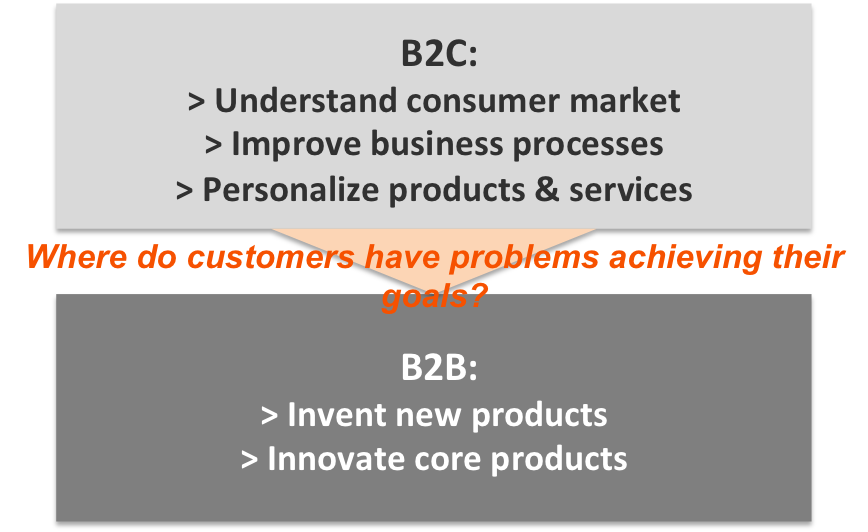Les 1er et 2 avril derniers se tenait la 3ème édition du salon Big Data Paris, avec nombre de retours d’expérience et de conférences adressant les non-techniciens d’entre nous, et même une série d’interventions dédiée aux usages en marketing.
Que les « big data » soient une vraie nouveauté ou un bon concept marketing qui permette au sujet d’émerger différemment dans l’espace de discussion et l’intérêt qu’il suscite auprès des entreprises, une chose est sûre néanmoins: c’est un sujet désormais démocratisé, à la portée d’un grand nombre d’entreprises même petites, avec des applications très variées où l’imagination risque plus souvent d’être la ressource manquante que la donnée ou la technologie…
En voici pour preuve les différents retours d’expérience recueillis au cours de la première journée à laquelle j’ai participé :
1. Présentation Tata Consulting Services
2. Présentation Cap Gemini
3. Keynote de Doug Cutting, Cloudera (co-fondateur d’Hadoop)
4. Présentation de Christophe Benavent (Université Paris Ouest)
5. Amadeus Leisure Group: ci-dessous
6. Renault et Access France
7. Vega France et Coheris
8. SFR et Sinequa
——————————————————————-
5. Driving Big Data to Success : A Customer Focused Approach
by Andrea Dommers-Nilgen, Product Manager, The Amadeus Leisure Group
The Amadeus Leisure Group, part of the Amadeus group, is an IT service provider for the tourism industry, with 400 employees. Its IT systems process several billion travel offers each month through consumer and travel agent optimised booking portals.
Having managed Big Data projects for clients in the tourism industry, Andrea Dommers-Nilgen shared in her presentation the To-Do’s and Don’t do’s of such projects.
Typical question when companies start to handle big data : « I have a lot of data, what can I do with them ? »
This is a data-driven approach. The problem is this approach is a very divergent approach : depending on which source of data you start with, it may lead you to very different business information or business processes… in short, too many outcomes.
It is very difficult in this case to determine which path would bring the best results : it leads to numerous assumptions and generalisations, and to guessing what the customer might need.
Usually, the customer expects a ready-made solution :
– He doesn’t understand the logic behing the data
– He has other requests
– He is not ready to change things in his business process
The right questions would rather be :
What does a good doctor ask for?
– Asks about pain
– Makes diagnosis
– Knows medicine & treatments
– Agrees best approach
– Asks for later feedback / follow-up
Thus, the right questions to be asked are :
– What are the customer’s most aching pain points ?
– What are the customer’s most troublesome business processes ?
+ What are the areas the customer can’t cover with his own resources ?
Pain Point > Business Process > Business Information > Data Source
This approach allows for :
> Clearly defined outcomes
> Focused approach
> Knowing what the customer needs most
> Easier to implement
Big Data Goals :
Further recommendations :
> Know what you can do with Big Data technology.
> Minimize your risks (frequent changes). Deliver minimal marketable solution.
> Build trust & confidence with your customers, invest in mutual communication.
>> Drive Big Data from the business perspective, not from the data side !

